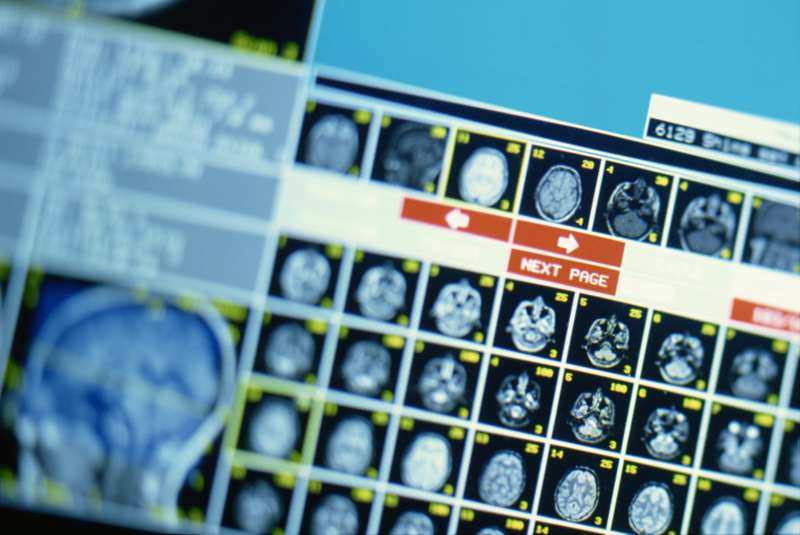
Here are some of the latest health and medical news developments, compiled by the editors of HealthDay:
FDA Probing Problems With Robotic Surgery System
There has been a huge increase in the use of a surgical robot called da Vinci, but health officials are investigating reports of a number of problems –including several deaths — associated with the device.
The robot was used in nearly 400,000 surgeries in the United States last year, triple the number compared to four years earlier, the Associated Press reported.
The da Vinci is used in a number of procedures, including removal of gallbladders, wombs and prostates, heart valve repair, organ transplants and reducing stomach size. Surgeons control the robot while sitting at a computer screen.
But the U.S. Food and Drug Administration is investigating reports of problems with the da Vinci and the high cost of using the system. Those incidents include: a robotic hand that would not release tissue grasped during surgery; a woman who died when a blood vessel was nicked during a hysterectomy; and a man whose colon was perforated during prostate surgery, the AP reported.
Some doctors say aggressive marketing and the technological appeal of the robot have helped increase its use and that it is time to take a closer look at the device. They contend that there is not enough proof that robotic surgery is at least as good or better than conventional surgeries.
Proponents say patients who undergo robotic surgery sometimes have less bleeding and often leave hospital sooner than those who have conventional laparoscopic or open surgery, the AP reported.
However, the FDA is looking into an increase in the number of reported problems involving the da Vinci system. At least five deaths are mentioned in reports filed since early last year.
The da Vinci is the only FDA-approved robotic system for soft-tissue surgery. Other robotic devices are approved for other types of operations, including neurosurgery and orthopedic procedures, the AP reported.
—–
Important Court Date for Players’ Legal Action Against NFL
A federal judge will hear arguments Tuesday on the NFL’s motion to dismiss former players’ legal action against the league.
More than 4,000 players have filed more than 200 lawsuits against the NFL. A master complaint filed by a committee of lawyers representing the players alleges that the NFL “deliberately ignored and actively concealed” the risks of repetitive brain injuries and their long-term impact, including depression and dementia, USA Today reported.
The players are seeking monetary damages and the creation of an NFL-funded, court-supervised monitoring system for all players.
The hearing on the NFL’s motion to dismiss the master complaint will be heard in Philadelphia by U.S. District Judge Anita Brody. She is not expected to make an immediate ruling. And after she rules, there will be appeals, USA Today reported.
—–
Too Many Beeping Alarms Can Lead to Patient Deaths: Joint Commission
At least two dozen deaths occur each year on average in the United States due to hospital workers becoming desensitized to constantly beeping alarms from devices used to monitor the vital signs of critically ill patients, according to a hospital accrediting group.
And the Joint Commission said it is likely that the number of such cases are vastly underreported, the Associated Press reported.
The devices include those that monitor things such as blood pressure and heart rate. Some beep when they’re not working and others do so when there is an emergency. All this can cause noise fatigue in medical staff and treatment delays that can endanger patients’ lives, according to the commission.
It’s database contains reports of 80 deaths and 13 severe injuries associated with hospital alarms between January 2009 and June 2012. Hospitals voluntarily report these incidents to the commission, the AP reported.
There is no standardization for what all the beeps on patient monitoring devices mean, noted Dr. Ana McKee, the commission’s executive vice president and chief medical officer.

